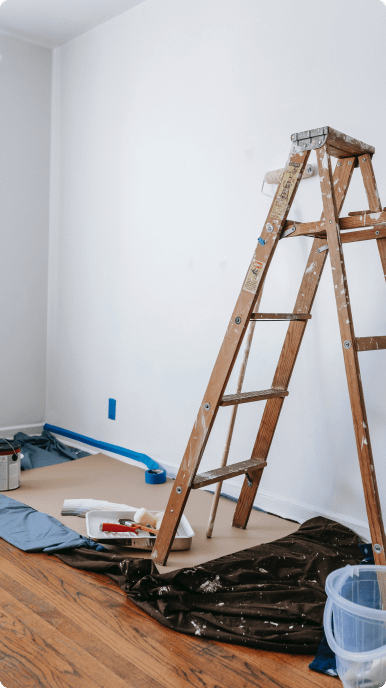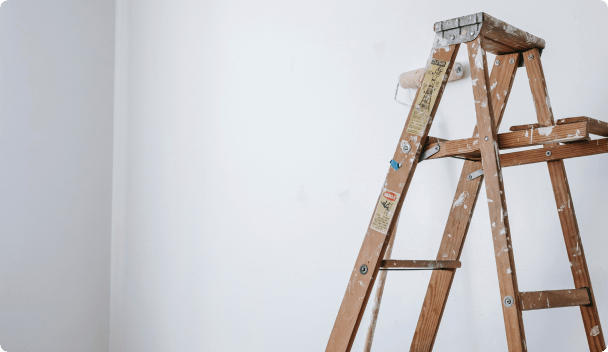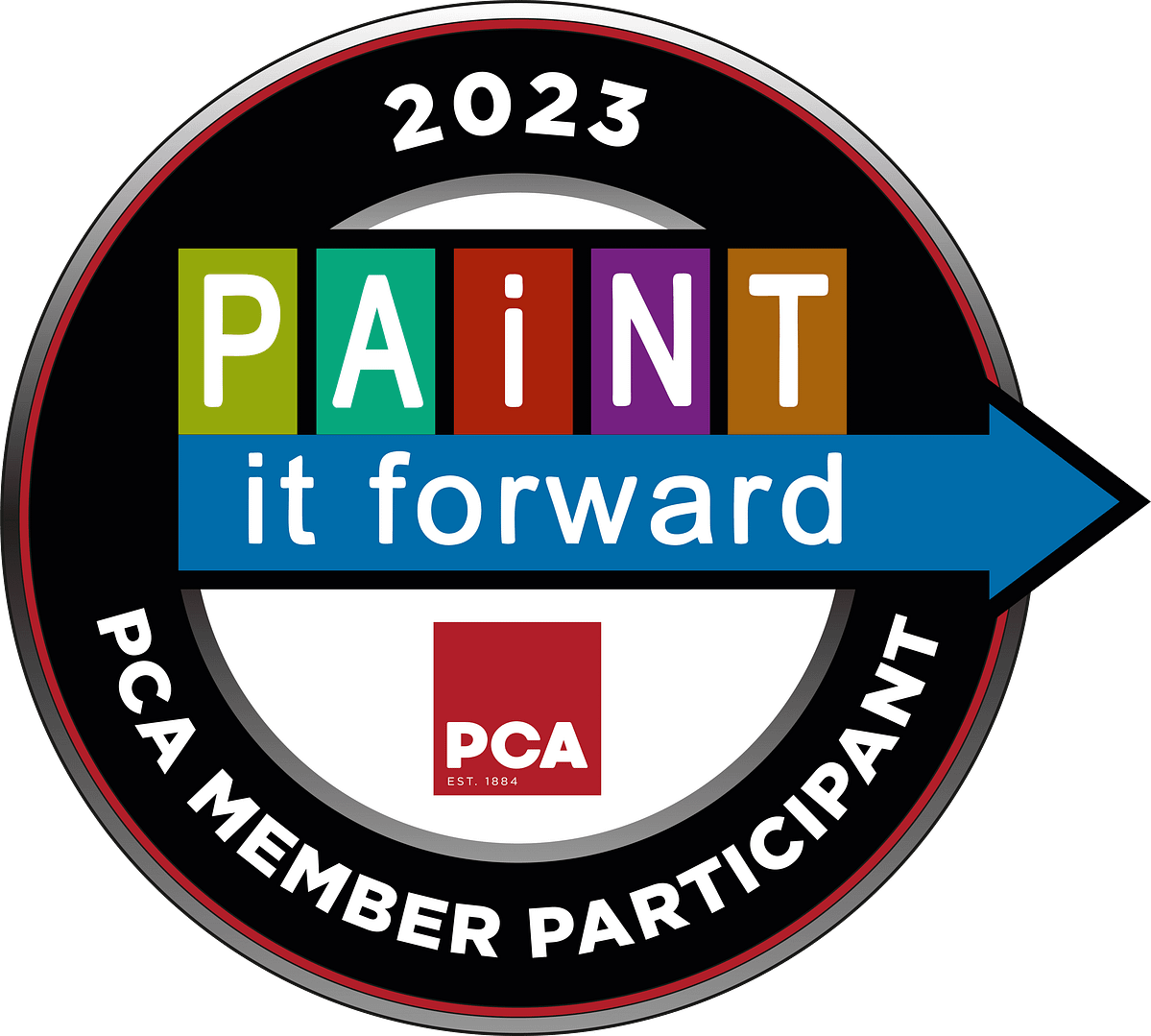Drywall damage is a common issue in homes, whether from accidental bumps, moisture, or settling over time. Fortunately, repairing drywall can be a straightforward process with the right tools and guidance. Allegiant Painting LLC specializes in professional drywall repair services, ensuring a seamless and polished finish. Here’s a step-by-step guide to help Illinois homeowners tackle basic drywall repairs.
1. Assess the Damage
The first step in any drywall repair project is to assess the extent of the damage. Small holes and cracks can often be fixed with minimal materials, while larger holes may require additional support. Common types of drywall damage include small dents, nail holes, cracks, and larger holes from doorknobs or furniture. If you’re dealing with moisture damage or extensive wear, it’s best to consult a professional like Allegiant Painting LLC to ensure the repair is done properly.
2. Gather Your Tools and Materials
For basic drywall repair, you’ll need a few essential tools and materials:
Drywall patch or mesh tape
Joint compound (also known as drywall mud)
Putty knife or taping knife
Sandpaper (120 to 150 grit)
Primer and paint to match your wall color
Having these supplies ready will make the process smoother and help you achieve a clean, professional look.
3. Prepare the Area
Before you start, prepare the area by cleaning it and removing any loose drywall or debris around the damaged spot. Use sandpaper to smooth rough edges, as this will help the joint compound adhere better and create a flush finish. If the area has moisture damage, make sure it’s completely dry before proceeding with the repair.
4. Patch Small Holes and Cracks
For small holes and cracks, apply a piece of drywall patch or mesh tape over the area. Press the patch firmly onto the wall to ensure it sticks well. Then, use a putty knife to apply a thin layer of joint compound over the patch, spreading it evenly to cover the area and feathering out the edges to blend with the surrounding wall. Let the first layer dry for several hours, then apply additional layers as needed.
5. Repair Large Holes
Larger holes require a bit more work. For holes larger than 2 inches, cut a piece of drywall to fit the hole, securing it with drywall screws if necessary. Apply mesh tape around the edges of the new drywall piece, then spread joint compound over the patch and surrounding area. Allow each layer to dry fully before adding another, sanding lightly between layers for a smooth finish.
6. Sand and Smooth the Surface
Once the joint compound is completely dry, use fine-grit sandpaper to smooth the surface until it’s flush with the wall. Sand lightly and evenly to avoid damaging the repair. A smooth surface is key to achieving a flawless finish, so take your time with this step.
7. Prime and Paint
After sanding, wipe down the area to remove dust, then apply a coat of primer to ensure even paint coverage. Once the primer is dry, paint the area to match the rest of your wall. Allegiant Painting LLC recommends using high-quality primer and paint for a professional result.
When to Call the Professionals For Drywall Repair
While small repairs can often be handled by homeowners, larger or more complex repairs may require professional expertise. Allegiant Painting LLC offers expert drywall repair services in Illinois, ensuring high-quality results that blend seamlessly with your existing walls.
Contact Allegiant Painting LLC today for reliable drywall repair solutions, whether you need help with a minor patch or a more extensive repair.



